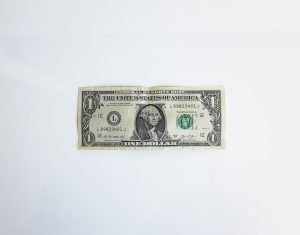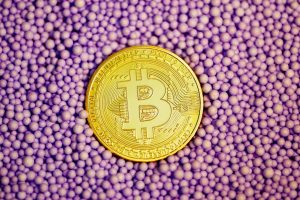Forex, or foreign exchange, is a decentralized global market where currencies are traded against each other. Its daily trading volume exceeds $5 trillion, making it the most liquid market in the world. Forex moves constantly, and the factors that influence its fluctuations are numerous and complex. In this article, we will explore what makes forex move.
Macroeconomic Indicators
One of the primary drivers of forex movement is macroeconomic indicators. These are economic data points that provide insights into the health of a country’s economy. Some of the most important indicators include gross domestic product (GDP), inflation, employment rates, and trade balances.
GDP measures the total value of goods and services produced by a country in a given period. Inflation measures the rate at which prices of goods and services increase over time. Employment rates show the percentage of the population that is employed, while trade balances reflect a country’s imports and exports.
When these indicators are released, they can have a significant impact on forex prices. For example, if a country’s GDP grows more than expected, its currency may appreciate as investors gain confidence in its economy. Conversely, if inflation rises, its currency may depreciate as investors worry about the country’s ability to control prices.
Central Bank Policies
Central banks can also influence forex movements through their policies. These institutions are responsible for setting interest rates and managing the money supply. When a central bank raises interest rates, it makes its currency more attractive to foreign investors seeking higher returns. This can cause its currency to appreciate.
Conversely, when a central bank lowers interest rates, it makes its currency less attractive to foreign investors. This can cause its currency to depreciate. Central banks can also influence forex prices by engaging in quantitative easing, which involves buying government bonds to increase the money supply and stimulate economic growth.
Political Events
Political events can also have a significant impact on forex movements. Elections, changes in government policies, and geopolitical tensions can all affect the value of a country’s currency. For example, if a country’s government becomes more business-friendly, its currency may appreciate as investors gain confidence in its economy.
Conversely, if a country’s government becomes more protectionist, its currency may depreciate as investors worry about the impact on trade. Political events can also create uncertainty, which can cause investors to move their money to safer currencies, such as the US dollar or the Japanese yen.
Market Sentiment
Finally, forex movements can be driven by market sentiment. This refers to the overall mood of investors and traders. If investors are optimistic about the global economy, they may be more willing to take risks and invest in higher-yielding currencies. This can cause those currencies to appreciate.
Conversely, if investors are pessimistic about the global economy, they may be more willing to move their money to safer currencies, such as the US dollar or the Japanese yen. This can cause those currencies to appreciate, even if the economic fundamentals of those countries are weak.
Conclusion
In conclusion, forex movements are driven by a complex interplay of factors, including macroeconomic indicators, central bank policies, political events, and market sentiment. It is important for forex traders to stay up-to-date on these factors and monitor them carefully, as they can have a significant impact on their trades. With a solid understanding of what makes forex move, traders can make more informed decisions and improve their chances of success in the market.






